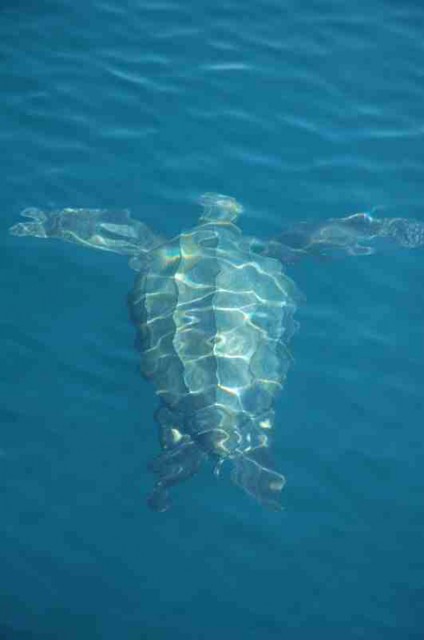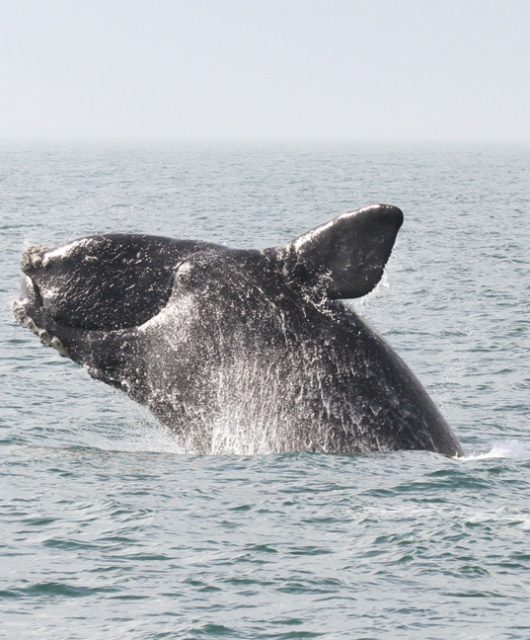
Leatherback sea turtles migrate farther than any other reptile on Earth. En route to nesting and feeding grounds, they can travel across entire ocean basins, including the Atlantic, Pacific and Indian Oceans. Atlantic leatherbacks head from the southern nesting grounds of French Guiana, Suriname, Grenada, the U.S. and Trinidad to foraging grounds off the east coast of Canada. Eastern Pacific leatherbacks nest on the beaches of Costa Rica and Mexico and head southward to Galapagos, Peru and Chile, whereas western Pacific leatherbacks make more varied treks — south into the South Pacific, east into coastal waters off North America, north into waters off Japan and west into waters off the Philippines and Malaysia.
For years, researchers believed female leatherbacks made the long trek from nesting to foraging sites solitarily. However, the Canadian Sea Turtle Network recently found that males and females make the journey together, which means all leatherbacks face the same hazards in the wild. So how do they travel such vast expanses? Scientists are still perplexed by how this feat is made. Like any object in the sea, leatherbacks are subject to sea currents, which can force them off course. However, the very fact that they do eventually make it to their target destinations year after year suggests that leatherbacks navigate, in one way or another, in spite of the current drift they may experience along the way. Researchers believe that when the leatherbacks are faced with sweeping currents, they may take into account the displacement they experience from the drift and then get back on track with their long and powerful flippers, which can propel them more than 95 kilometres a day. Or they might fix their position towards their destination, wait for the drift to subside and then work overtime, swimming at up to 9.3 kilometres per hour.





